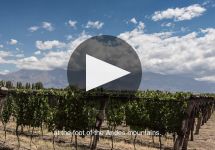CARO 2006
-
Wine
Spectator -
Wine &
Spirits


Product Details
Your Rating
Somm Note
Winemaker Notes
Wonderful deep purple-red color. Intense aromas of red and black fruit (cherries and blackcurrants) on the nose, with notes of cedar, vanilla and tobacco, slightly minty and well integrated. Full on the palate with good, fairly powerful tannic structure, and good, delicate length. A wine with great ageing potential.
Professional Ratings
-
Wine Spectator
Very solid, with dark, winey currant and fig sauce notes laced with shaved vanilla, cedar and coffee notes. Very Cabernet-like through the finish, with coffee and sweet, dark olive notes lingering on fine-grained but noticeable tannins. est from 2009 through 2013.
- Wine & Spirits
Other Vintages
2021- Decanter
-
Wine
Enthusiast
- Decanter
-
James
Suckling -
Robert
Parker -
Wine
Spectator
- Decanter
-
James
Suckling -
Robert
Parker
-
James
Suckling - Decanter
-
Wilfred
Wong -
Wine &
Spirits -
Robert
Parker
-
Robert
Parker -
James
Suckling -
Wilfred
Wong
-
James
Suckling
-
Robert
Parker
-
James
Suckling - Decanter
-
Wine &
Spirits -
Robert
Parker -
Wine
Spectator
-
James
Suckling -
Wine
Enthusiast -
Robert
Parker -
Wine
Spectator
-
James
Suckling -
Wine
Enthusiast -
Robert
Parker -
Wine
Spectator
-
Robert
Parker -
Wine
Spectator
- Decanter
-
James
Suckling
-
Wine
Spectator -
Wine &
Spirits
-
Wine &
Spirits -
Robert
Parker -
Wine
Spectator
-
Wine &
Spirits -
Wine
Enthusiast
-
Wine &
Spirits -
Wine
Spectator -
Wine
Enthusiast
-
Wine
Spectator
-
Robert
Parker -
Wine
Spectator


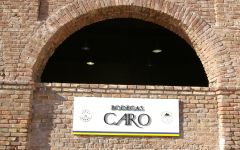
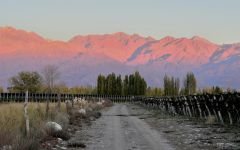

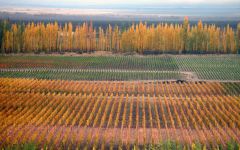


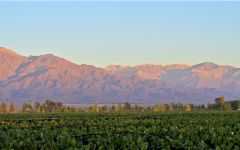

CARO was born of the alliance between two wine cultures (French and Argentine), two noble grape varieties (Cabernet Sauvignon and Malbec), and two renowned wine families, Domaines Barons de Rothschild (Lafite) and Nicolás Catena. Vignerons since the 19th century, these two powerful organizations have combined their deep knowledge of Mendoza's high altitude terroir and the art of winemaking to create a unique wine: CARO. Two noble grapes, two families, one dear and elegant wine.
The idea of forming a partnership between Domaines Barons de Rothschild (Lafite) and the Catena family was born in 1999. Initial enthusiasm quickly became a concrete plan to produce a single wine that would combine French and Argentine cultures and the two signature grapes of each producer, Malbec and Cabernet Sauvignon.
The Catena family has produced wine for three generations. Consequently, it was able to draw on its vast knowledge of the high altitude terroirs of the Mendoza region as well as its passion for Malbec to find the best vineyards. DBR (Lafite) contributed its centuries-old skills in growing, vinifying and ageing great Cabernet Sauvignon, as well as its know-how in blending different grape varieties to produce one wine that is greater than the sum of its parts.
The vineyard locations for the Cabernet Sauvignon are 40% from a 20-year-old vineyard in Agrelo, a region 3,117 feet in elevation, and 10% from 30-year old vines in El Cepillo la Consulta, with an elevation of 3,773 feet. The vineyard locations for Malbec are 10% from a 12 year old vineyard in Tupungato at 4,593 feet elevation and also 40% from a 53-year-old vineyard in Vistalba, at 3,609 feet elevation. Throughout the season we monitor the vineyard technique, irrigation management and bud thinning to ensure low yields in balance with the canopy, good ventilation and illumination.
Previously CEO of Bodegas Argento S.A., Estate Manager Philippe Rolet began his career at Domaine William Fèvre, (France) before joining the Alta Vista Group in Mendoza where he was CEO and President. Aged 46, he holds a French Management degree and is today at the head of the French Honorary Consulate in Mendoza.
